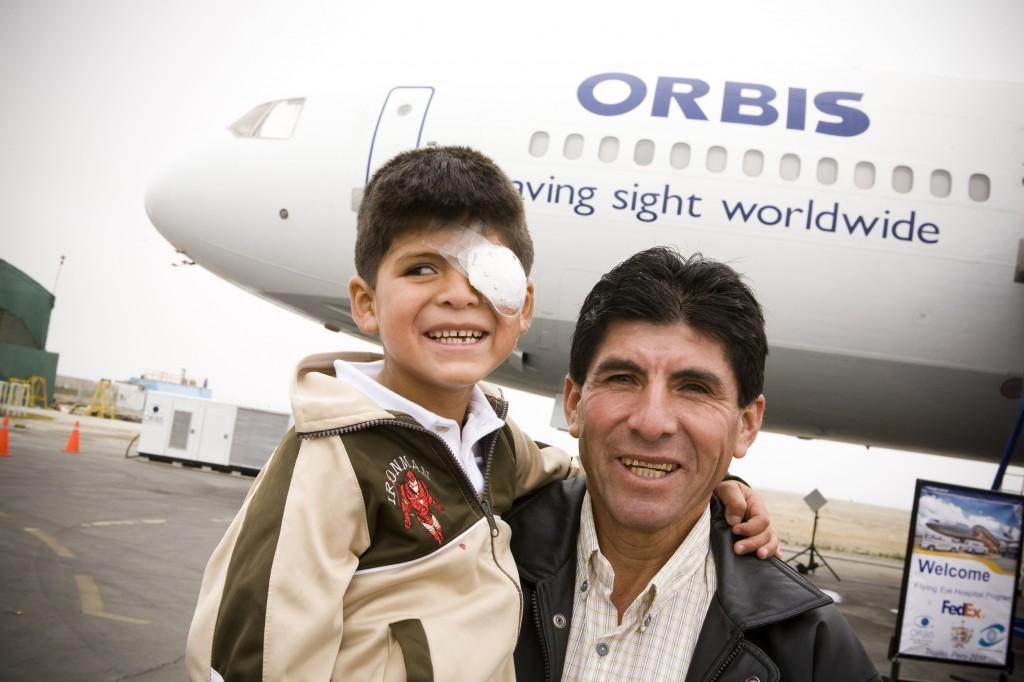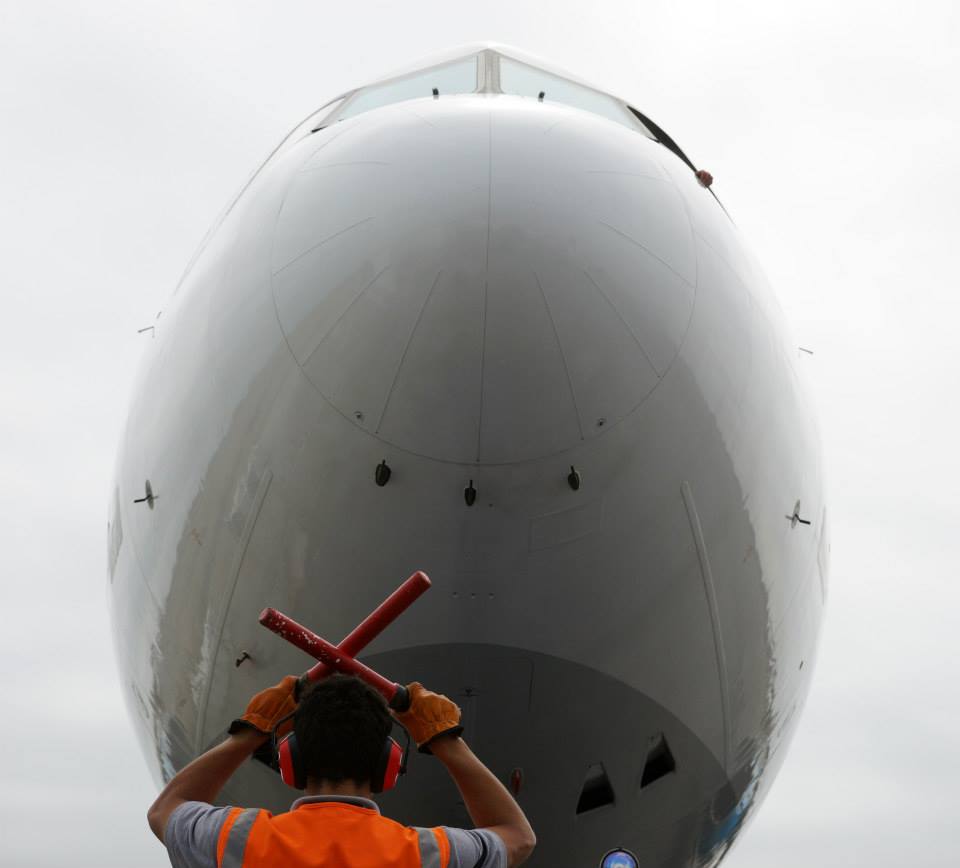It’s not every day that you have the FAA looking over your shoulder while you are designing a complex part for 3D printing. It’s also not every day that you have to design a part which, no matter how basic it might sound, must be failsafe, for not only flying, but also in working seamlessly with all the other rigorously tested parts of an aircraft that is going to fly all over the world on charitable medical missions.
This was a challenge the staff at Solid Concepts were excited and proud to be a part of, when called on by Structural Integrity Engineering to help in designing and fitting an air duct for the new Orbis Flying Eye Hospital.
When Structural Integrity Engineering began working with Orbis in building a new airborne hospital for their travails around the globe performing eye surgeries, it became apparent that in refurbishing another aircraft to further the missions of Orbis, they were going to require an air duct that was rather complex in shape and design—not to mention complicated by all the unique safety requirements airplanes require. The air duct in question, meant to filter air between the cockpit and the operating rooms of the aircraft’s hospital had to ‘conform to certain curvatures.’ The experts at SIE decided installing the first 3D printed part in an Orbis Flying Eye Hospital was the best choice.
Orbis, ‘the eye-care team of the future,’ has one very unique feature: they deliver all of their eye care from a refurbished DC-10 plane which has traveled to countless countries in their mission to help some of the 40 million individuals afflicted with blindness, which can be prevented or treated eighty percent of the time. The majority of the blind patients are in underdeveloped countries with little access to healthcare, and especially not vision care.
Since 1982, Orbis has been training nurses, doctors, and biomedical engineers in the skills needed to save sight. They are the ‘international sight saving charity.’ The Orbis planes are flown by volunteer pilots, filled with a staff of around 22 volunteers who have the expertise and knowledge to complete their charity missions. The Orbis team performs eye surgeries and educates doctors in proper execution of surgeries through two-way audio-visual links.
Solid Concepts took on the serious responsibility of supplying a part that adhered to FAA standards, and worked with the following FAA representatives who came to their location:
- A Designated Engineering Representative, who verified that the duct’s design would meet airworthiness requirements.
- A Designated Airworthiness Representative, who visited once the part was built to ensured the part was built correctly and met all airworthiness requirements.
“Being responsible for FAA certifications opened our eyes to what additive manufacturing can accomplish,” stated Solid Concepts’ Project Engineer Jesse Marin. “We’ve always been dedicated to internal research, and improving manufacturing processes, and I think it really paid off in this project.”
Mark Curran, Senior Engineer at SIE was experienced in 3D printing but had previously only employed the technology for prototyping and testing. During design and form and fit testing, Curran and his team realized that traditional methods of manufacturing ducts would not be ideal for the geometry of the air duct needed on the Orbis plane.
“We had done work with Solid Concepts in the past because 3D printing processes are very viable for complex fitting and design, which would normally cost quite a bit if machined,” said Curran. “In discussing our needs with Solid Concepts Engineer Jesse Marin, he informed me that Solid Concepts has material that is FAA compliant for smoke and burn regulations. We received samples of the material, ULTEM, and did secondary burn tests. To pass, the samples have to extinguish by themselves within a certain amount of time. The ULTEM pieces passed the test.”
Combining the process of fused deposition modeling (FDM) with using the tan ULTEM material that tested so well, Curran and his team saved weeks of time. Using the 3D printing FDM technology, they received their part in just a few days, and any redesign or replacement of the part would have been completed in just as short a time—not to mention ordering other parts.
“We were able to design mounting feature attachment fittings into the actual part. The mounting features are usually separate. By designing them into the FDM ULTEM component, we were able to reduce our overall part count, which is always a good thing. “We took what we normally would’ve done in fiberglass and shifted our approach,” said Curran.
The completed duct is 30” x 12.08” by 17.65” with a volume of 139.21, and an early prototype of the duct is now resting at the National Additive Manufacturing Innovation Institute (NAMII) in Washington, D.C.
What do you think of this latest innovation? Tell us in the Orbis Flying Eye Hospital Forum at 3DPB.com.
The prep staff already on the ground welcomes the FEH crew to Trujillo, Peru, upon touchdown of the aircraft.
Subscribe to Our Email Newsletter
Stay up-to-date on all the latest news from the 3D printing industry and receive information and offers from third party vendors.
You May Also Like
3D Printing Unpeeled: New Arkema Material for HP, Saddle and Macro MEMS
A new Arkema material for MJF is said to reduce costs per part by up to 25% and have an 85% reusability ratio. HP 3D HR PA 12 S has been...
3D Printing News Briefs, January 20, 2024: FDM, LPBF, Underwater 3D Printer, Racing, & More
We’re starting off with a process certification in today’s 3D Printing News Briefs, and then moving on to research about solute trapping, laser powder bed fusion, and then moving on...
3D Printing Webinar and Event Roundup: December 3, 2023
We’ve got plenty of events and webinars coming up for you this week! Quickparts is having a Manufacturing Roadshow, America Makes is holding a Member Town Hall, Stratafest makes two...
Formnext 2023 Day Three: Slam Dunk
I’m high—high on trade show. I’ve met numerous new faces and reconnected with old friends, creating an absolutely wonderful atmosphere. The excitement is palpable over several emerging developments. The high...





































